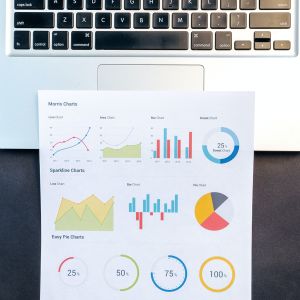
Something unprecedented is happening in the copper market, causing alarm for many analysts. The decline in spot prices for copper has resulted in a significant spread between the spot price and the futures price traded on the London Metals Exchange. This spread, the widest since 1994, has led to extreme contango in the copper futures curve, a term used by commodity futures traders to describe when futures prices exceed the spot price.
The drop in prices can be attributed to the accumulation of inventories in London Metals Exchange warehouses worldwide over the past few months. Weakness in the Chinese economy is primarily responsible for the decrease in demand, but the repercussions could extend to Europe, the U.S., and other parts of the world given China's status as the second-largest economy.
Latest data from LME reveals that as of September 22, approximately 163,900 tonnes of copper are stored in exchange warehouses worldwide. This represents a 50% increase since the beginning of September, following a similar increase during August. The trend of rising inventories has been consistent since mid-July.
These numbers clearly indicate a downturn in demand, according to commodity analysts. Ewa Manthey, a commodity strategist at ING based in London, emphasized this point in a note to clients. However, she also mentioned that inventories are still relatively low compared to historical standards.
Dave Rosenberg, an economist formerly with Merrill Lynch and current head of Rosenberg Research, also attributes the decline in copper prices to weakened economic conditions in China. In addition, he believes that the decrease could be influenced by a decline in global trade.
In conclusion, the noteworthy developments in the copper market have sparked concerns about the state of the global economy. The widening spread between spot and futures prices, along with the significant increase in copper inventories, are clear indicators of weakening demand. It is crucial to closely monitor these trends as they may have far-reaching consequences worldwide.
Trade Declines Sharply in August
According to the latest figures from the World Trade Monitor, trade fell by 3.2% in August compared to the previous year. This marks the steepest drop since August 2020. The data, which is published by the Netherlands Bureau for Economic Policy Analysis, suggests a broader decline in economic activity.
Copper's Predictive Power Questioned
Copper, known as "Dr. Copper" for its supposed ability to anticipate global economic trends, has long been hailed as an indicator of economic health. It is used in various industries, from electronics to construction. However, some analysts are now questioning its predictive potential.
A research note by Bank of America's commodity research team led by Michael Widmer and Francisco Blanch points out that copper's sensitivity to GDP growth has diminished. They state, "As a cyclical asset, copper demand has always been closely correlated with global GDP growth, but that sensitivity has been declining." The team also highlights that this reduced correlation has provided support to copper prices in recent quarters and limited downside pressure on the metal during an industrial recession.
Copper Prices Remain Low
Copper prices for December delivery on the New York Mercantile Exchange were trading at $3.65 per pound on Tuesday, marking their lowest level since late May.





Post a comment